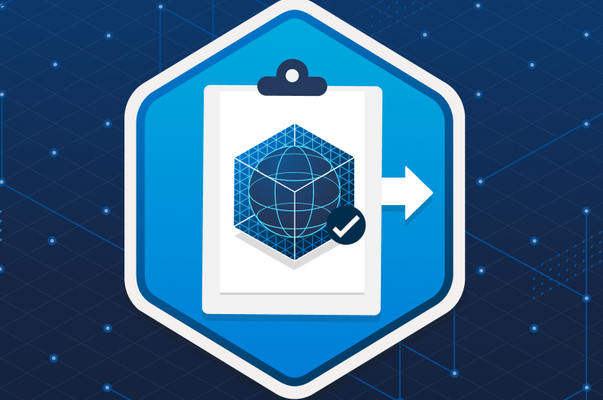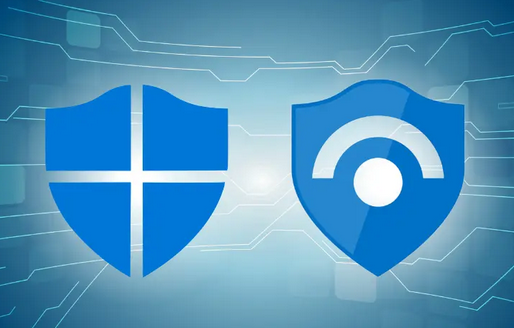Implementing Azure Policy – Compliance and Cloud Governance
Implementing an Azure policy comprises three main parts. We will start with the policy definition, policy assignment and scoping, and policy evaluation. Policy Definition There are many built-in policies, and users can write custom policies. You can see built-in policies by navigating to Azure Portal …









